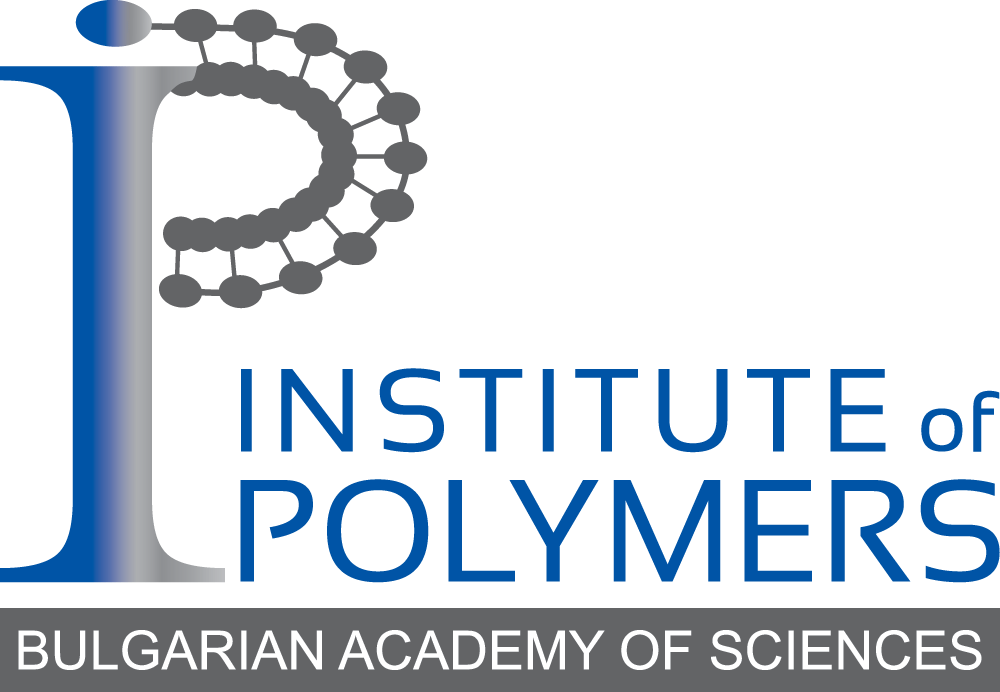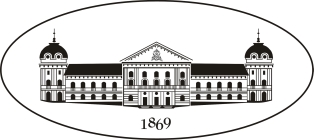
Полимерни материали с ултра ниска протеинова адсорбция на основата на полицвитерйони за лечение на рани
Ръководител:
доц. д-р Елена Василева
Базова организация:
Факултет по химия и фармация, Софийски университет „Св. Климент Охридски“
Партньорски организации:
Институт по полимери, Българска академия на науките;
Институт по органична химия с Център по фитохимия (ИОХЦФ), БАН;
Институтът по експериментална морфология, патология и антропология с музей, БАН (ИЕМПAМ)
Начало:
Декември, 2014
Продължителност:
36 месеца
Резюме на проекта:
Целта на проекта е изследване на причините, стоящи в основата на най-ниската измерена неспецифична протеинова адсорбция върху синтетична повърхност, т.е. на връзката структура- ултра ниска биоадхезия при полицвитерйонни материали. Полицвитерйоните (ПЦЙ) и полиетиленгликолите (ПЕГ) са известни като полимерите с най-ниска биоадхезия и най-добра биосъвместимост в момента. Досега те са разглеждани като конкурентни полимерни биоматериали. Съчетаването им в един нов материал (двойни полимерни мрежи, ДМ) е очаквано да доведе до получаването на нов прозрачен, хидрофилен и биосъвместим материал с ниска биоадхезия, добри механични свойства, набъбващ при физиологични условия. Тези свойства правят новия материал изключително подходящ за приложение като хидрогелен слой за превръзки за рани, тъй като той ще поема ексудата, поддържайки постоянна влажност, необходима за нормалното зарастване на раната. Поради ниската си биоадхезия, ДМ на ПЦЙ и ПЕГ ще осигурят безболезнено сменяне на превръзката и по-висока концентрация в раната на естествено продуцираните растежни фактори и клетки. Изясняването на връзката структура-свойства за новите ПЦЙ-ПЕГ материали ще отвори пътища към разработване на нови биосъвместими синтетични материали с контролиран биологичен отклик за широк диапазон от приложения.
Освен ниска биоадхезия, за ПЦЙ има данни, че не нарушават нативната структура на протеини при взаимодействие с тях. Това им свойство има особено значение, тъй като използването на протеини като лекарства е ограничено именно поради тяхната нестабилност, дори при физиологични условия и понижената им активност вследствие на това. В проекта на този проблем ще бъде търсено решение чрез синтезирането на нови протеин-ПЦЙ (полисулфобетаинови, ПСБ) конюгати, като ПСБ ще бъдат използвани за пръв път за модифициране на протеини. Пегилирането е “златният” стандарт в тази насока, но напоследък има данни, че ПЦЙ не само стабилизират, но и увеличават активността на протеините, за разлика от ПЕГ. Като модели за протеини ще бъдат използвани колагенови хидролизати и ензими, почистващи некротичната тъкан. Тези ензими са доказано ефективни и са основна съставка в гел за рани, разработен и произвеждан от един от партньорите.
Двойните мрежи от ПЦЙ и ПЕГ ще бъдат натоварени с ПЦЙ-протеинови конюгати чрез дипол-диполно взаимодействие между ПЦЙ от протеиновия конюгат и ПЦЙ от ДМ (нов подход). По този начин протеините ще бъдат „нежно“ прикачени, като това прикачване ще позволи тяхното лесно отделяне във физиологични условия. Все още не е известно защо именно ПЦЙ имат подобни щадящи протеините свойства. Това е още един въпрос, на който настоящия проект ще търси отговор.
Проектът е интердисциплинарен и включва специалисти с нужния професионален опит. Част от партньорите вече са работили заедно в предишни съвместни изследвания, което е гаранция за успешно сработване на колектива, както и за устойчивост на развитието на темата и след приключване на проекта.
Ключови думи:
Двойни полимерни мрежи, цвитерйонни полимери, полиетиленгликол, полимер-протеин конюгати, ултра ниска биоадхезия
Nonfouling polymer materials based on polyzwitterons for wound healing
Coordinator:
Assoc. Prof. Elena Vassileva, PhD
Base organization:
Faculty of Chemistry and Pharmacy, Sofia University „St. Kliment Ohridski“
Partner organizations:
Institute of Polymers – Bulgarian Academy of Sciences
Institute of organic Chemistry with Center of Phytochemistry (IOCCP), Bulgarian Academy of Sciences
Institute of Exoperimental Morphology, Pathology and Parasitology and Antropology with Musee (IEMPAM), Bulgarian Academy of Sciences
Start:
December, 2014
Duration:
36 months
Summary:
The aim of the project is to study what lies behind the ultra low non specific protein adsorption ever measured on synthetic biomaterial, i.e. the relationship “structure – non fouling properties” for polyzwiterionic materials. Polyzwitterions (PZI) and polyethyleneglycols (PEG) are known as polymers with very low bioadhesion and high biocompatibility. They are usually studied in a competitive way – which one shows better biocompatibility. The current project takes a new approach – combine them in one material (double polymer networks (DM)). This new material is expected to possess transparency, hydrophilicity, biocompatibility, non fouling properties, good mechanical performance (thanks to DM approach) and higher swelling under physiological conditions than in pure water. All these properties make the new materials very appropriate as hydrogel layer for wound healing as they will absorb wound exudate keeping at the same time the necessary level of moisture to promote wound healing.
This application is very new for PZI based materials and here the project could also go beyond state of the art. Because of its non fouling properties, the new PZI-PEG DM will ensure painless wound dressings changing preserving at the same time higher concentration of the naturally produced growth factors and cells that help the wound to heal. The structure-properties relationship enlightening for these materials will open new avenues in biomaterials design and synthesis and will allow for controlling the biological response to them for variety of applications.
Beside the low bioadhesion, PZI are known to be very gentle when interacting with proteins, non destroying their native structure and thus not hampering their natural therapeutic properties. This fact is especially important having in mind that proteins are still not widely used as drugs exactly because they are very unstable even under physiological conditions which significantly reduces their drug efficacy and performance. In the current project we will seek an answer to the question why exactly PZI are these polymers that not only do not destroy the protein native structure but even enhance the protein performance. To this purpose, new PZI (polysulfobetaine)-protein conjugates will be synthesized and used as model systems for detailed study on their structure-performance relationship. PEGylation is the “golden” standard in this respect although PEG only stabilizes the proteins without enhancing their performance. Two types of model proteins will be used – collagen hydrolyzates and enzymes that remove the necrotic tissue from wound. These enzymes are known to be very effective in wounds cleaning and thus successfully used in gels and ointments, developed by one of the project’ partners.
DM of PZI and PEG will be loaded with PZI-protein conjugates taking advantage of the specific dipole-dipole interaction which occurs between PZI macromolecules in the protein conjugates and PZI from the DM matrix. This interaction will ensure gentle anchoring of the proteins and later on their slow release under physiological conditions. The question why exactly PZI are so “gentle” when interacting with proteins still needs and answer and this is the second scientific challenge that the project aims to meet.
The project is interdisciplinary and gathers together scientists with different but complementary backgrounds to meet the project challenges. Part of the partners are already collaborators in similar topics and their common interest on the project will ensure sustainability of the project results after the project end.
Keywords:
Double polymer networks, polyzwitterions, polyethylene glycol, polymer-protein conjugates, non biofouling polymer materials



